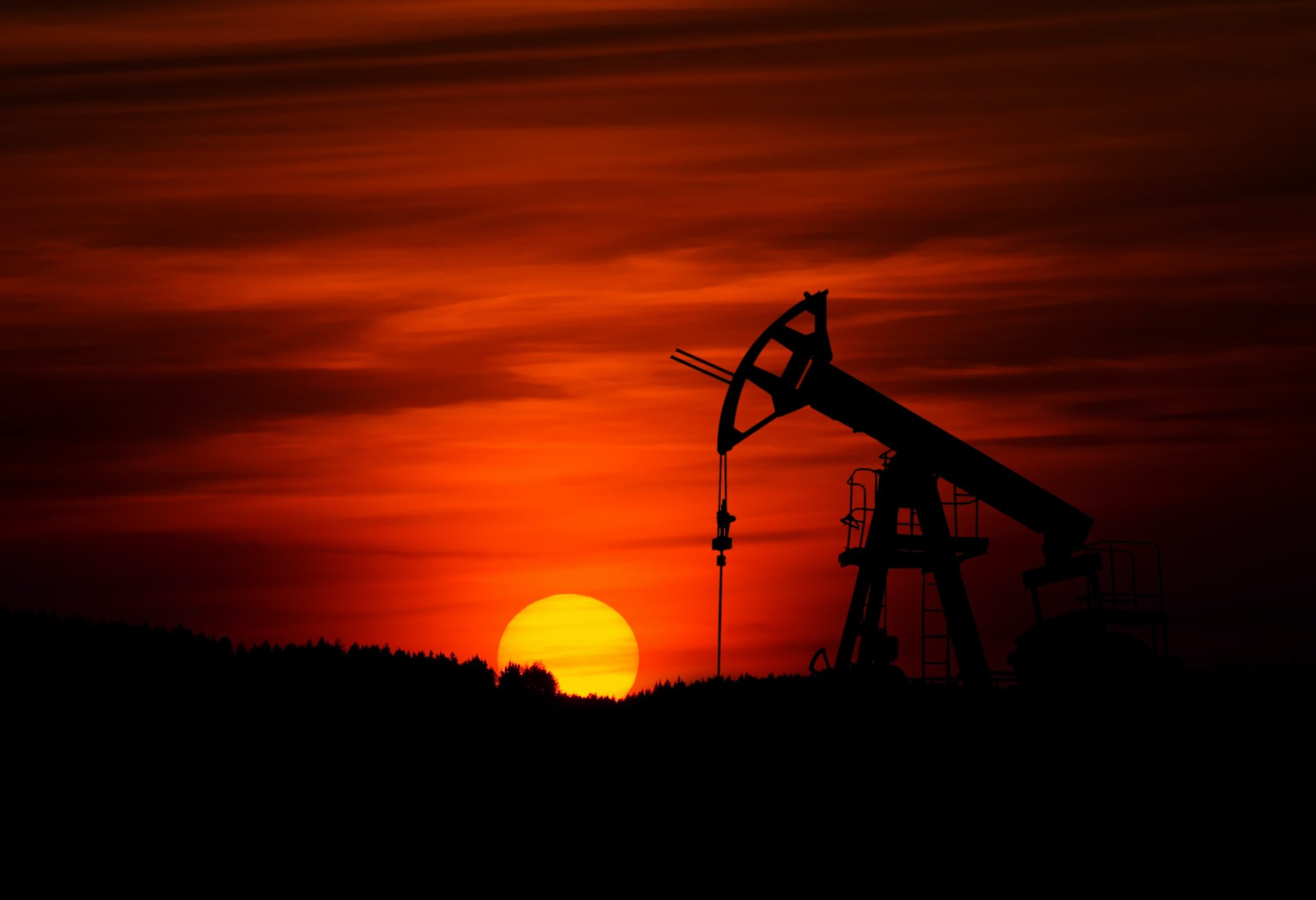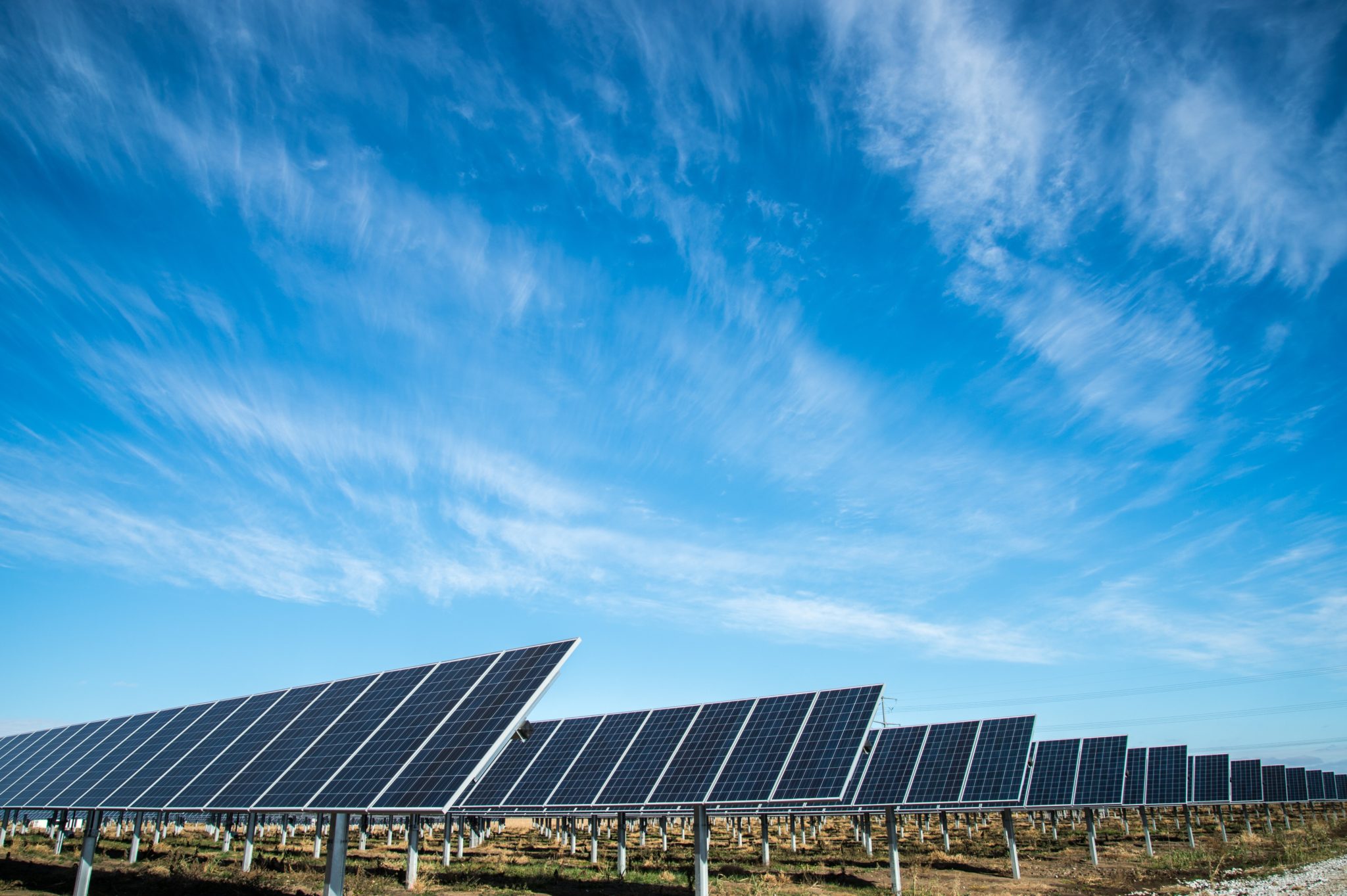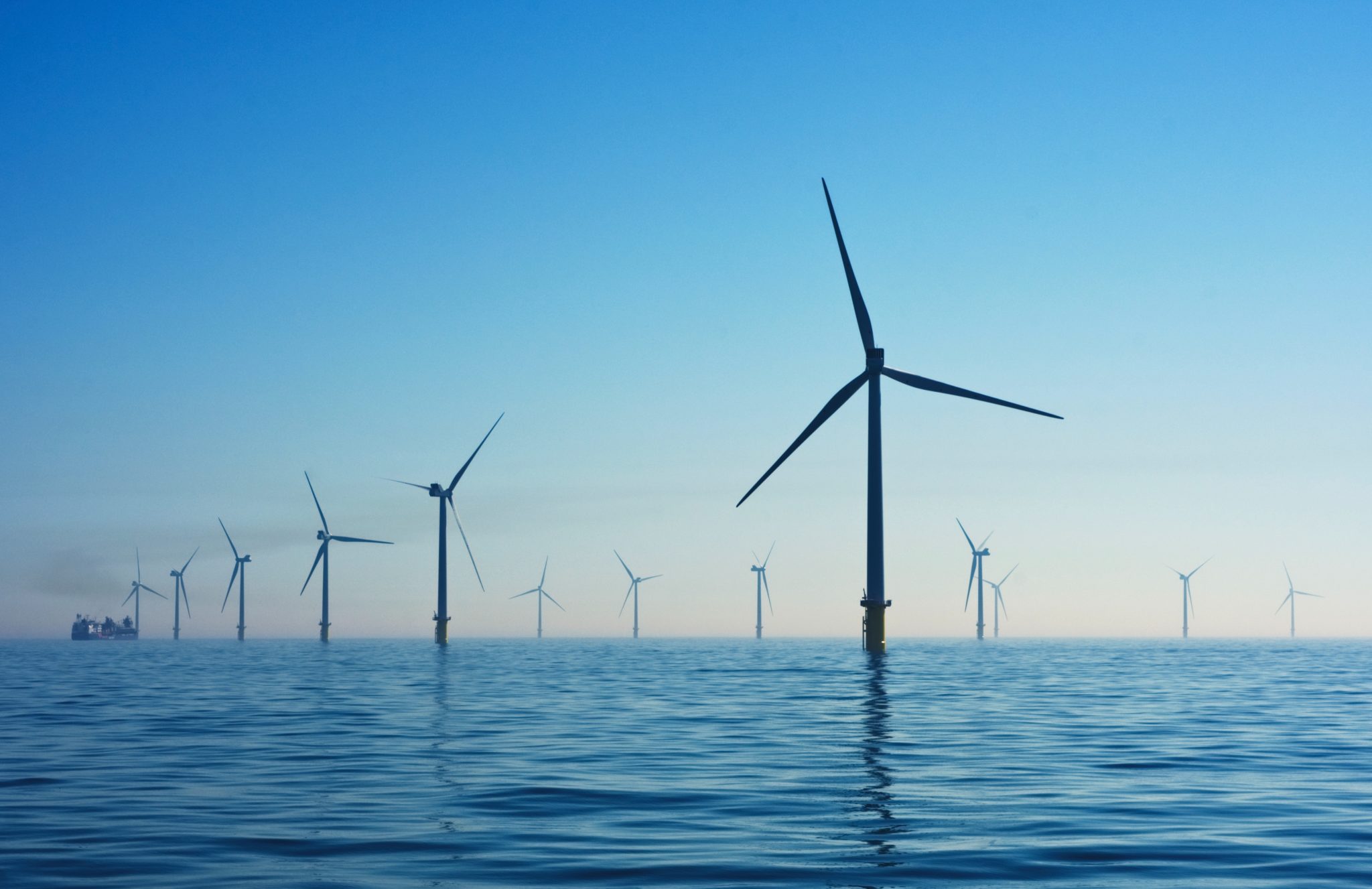The post Will Renewable Energy Come Out On Top After The Pandemic? appeared first on Peaceful Dumpling.
Lockdowns across the globe have resulted in a drastic decrease in oil consumption, with prices falling around 50% in the U.S. In fact, overall, “oil demand in 2020 is expected to decline by a record 12 million barrels,” according to Fortune.

Ivetta Garasimchak, the leader of Sustainable Energy Supplies at the International Institution for Sustainable Development also says that “all energy is now experiencing a lack of demand.” Oil, gas, and coal have all needed government assistance during the last three months.
Other forms of energy—like renewables—have taken a hit as well, but are not deemed an “essential service.” Because of that, during COVID-19, renewable projects like solar energy have been affected by “financing issues and delays,” because they have not been allowed to go forward with installations. After a record growth in 2019, new renewable energy development is projected to slow down in 2020. Despite that hit, the world’s renewable energy is still expected to grow by 6% this year.

Before the shutdowns started, globally, renewable energy was off to a great start, with 45% of all energy expended in the U.K. and 52% in Germany generated from renewable sources. And even since the shutdown began, in America, renewable sources such as “solar, wind and hydropower [have] generated more electricity than coal-based plants every single day in April.”

By February this year, large energy buyers including Facebook, Google, AT&T, and Microsoft had already signed renewable energy deals worth 9.33 GW with the goal of achieving a carbon-free energy future. To put this into perspective, 1 GW is the equivalent of 3.125 million photovalactic panels. I’ll let you do the math, but that’s a pretty big deal.
So the statistics for this market are looking great, but throwing the pandemic into the mix, does this change things? The concern is that a worldwide recession will freeze sustainable investments and undo years of progress in renewable energy.
The answer to the question of whether renewables will come out on top after the pandemic, is mostly up to the way in which our world leaders respond to it. “Leaders must seize the opportunity to design economic recovery packages so they accelerate a shift toward wind and solar power, rather than propping up the fossil fuel economy,” said Francesco La Camera, director-general of the International Renewable Energy Agency, an intergovernmental body. The U.S. hasn’t been doing a particularly good job of rebuilding with sustainability in mind: its record-breaking $2.5 trillion stimulus package went to businesses, healthcare, unemployment, food programs, and direct payments to individuals, largely overlooking energy and climate change.

Despite the setbacks the pandemic poses on renewable energy projects, we have all gotten a glimpse of what the world can be like with fewer emissions, less air pollution, and cleaner water. This is a huge motivator for change. Growth in renewable energy this year may be slower, but the effects that the pandemic have had on the global consciousness (read: it’s a common conception that COVID-19 is a response to the way we have been treating the world) will encourage governments to commit to sustainable development.
Get more like this—Sign up for our daily inspirational newsletter for exclusive content!
__
Photo: American Public Power Association, Burival, Hooper, Doherty; Unsplash.
The view other posts like this on Peaceful Dumpling.
